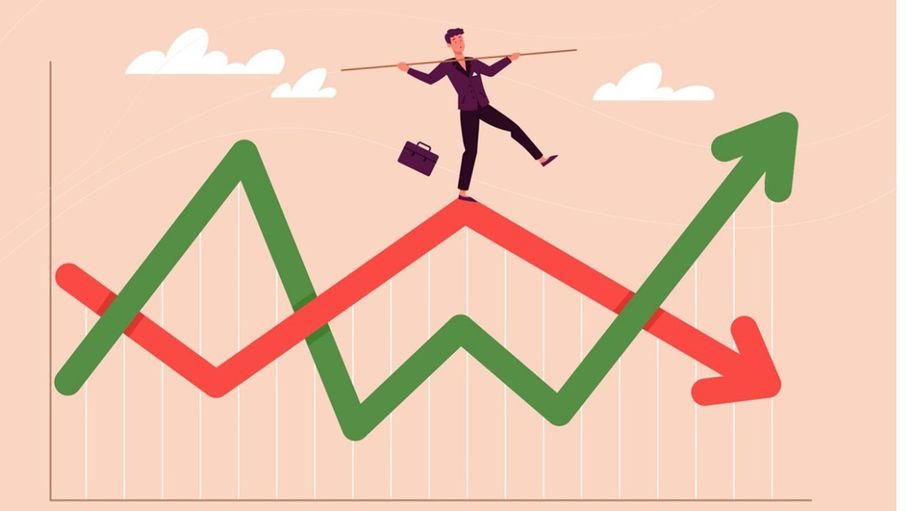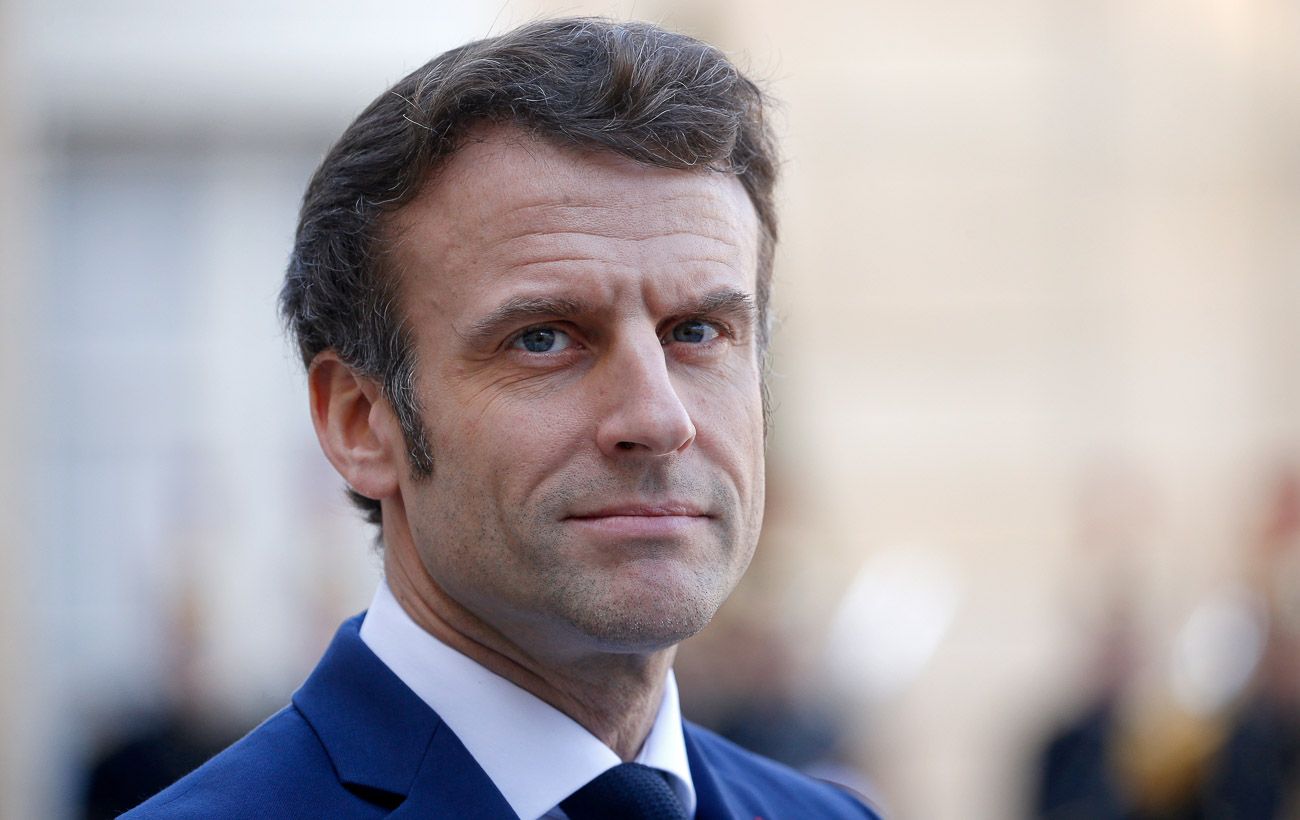The markets are anticipating a crucial week, which will witness the meetings of a number of central banks, led by the US Federal Reserve, on July 25 and 26, to resolve the position on interest rates and the fate of the monetary tightening policy used to curb inflation.Decisions related to interest rates usually receive wide attention and anticipation by investors in various sectors and at various levels, individuals and institutions. Interest and follow-up to these decisions and the details of monetary policy have increased in recent periods for the general public, including non-specialists, in light of the broad economic pressures that the international economy faces, and the repercussions of those pressures on prices and living conditions, and with the growing awareness of the nature of monetary policies and their effects.
The “interest rate” is among the most important indicators in that context, which everyone is keen to await related updates at the periodic meetings of central banks around the world, especially since it sends clear messages about the economy’s trends and prospects.
So what is the “interest”? How can interest rates affect the economy and people’s lives? And when is the resort to raising interest rates by the competent authorities for monetary and financial policies? And when is it resorted to reducing or installing it? What is the relationship between inflation, recession, deflation and other economic conditions, with the interest rate?
Related news
What does interest mean, and what is its relationship to inflation?
Banking expert Sahar Al-Damaty said in her interview with “Sky News Arabia” that:
The main goal of central banks is “price stability”, and in order to achieve this goal and curb inflation or face recession, they use various tools they have, on top of which is the “interest rate”.
Interest is the return on funds invested in banks, and the interest rate is adjusted (either by raising or lowering it) in view of inflation rates.
When inflation rates rise, interest is raised; To rein in it, while if inflation reaches the target rate (natural limits), interest is reduced, in this way inflation is controlled, which is what central banks have resorted to since last year, when they pursued a policy of monetary tightening and interest raising to counter high inflation rates.
Regarding the implications of reducing interest, she explained that the low interest rate stimulates borrowing, which in turn leads to more spending, and then an increase in activity, as well as corporate sales and higher profits.
On the contrary, in the case of high interest rates, this leads to an increase in the cost of borrowing at the level of individuals and companies, and a reduction in spending and demand for commodities in general, which means a decline in corporate profits and the postponement of plans for expansion and development due to the high cost of borrowing (which may lead to recession).
The effect of interest rates
Regarding the impact of interest decisions, whether lowering or raising them, on individuals, financial market expert, economic analyst Dr. Hossam Al-Ghayesh, explained in exclusive statements to “Economy Sky News Arabia” that the decision to raise interest rates may be negative for borrowers and those looking for financing for their projects, or positive on the other hand for depositors.
He pointed out that the owners of deposits in banks benefit from raising interest rates, which raise the prices of deposits, which increases the gains of customers as well, explaining that the interest for banks, whether related to deposits or investment certificates, is called the “return without investment risk”, and it is the lowest return obtained, and it is completely free of risk. He also pointed out that it is important, whether for depositors, savers or borrowers.
He added that each of the aforementioned categories differs with the effect of interest, as follows:
If the interest rate is high, it will have a significant impact on the reluctance to invest and seek to benefit from the high interest rates in banks. If it is low, then it encourages savers to increase the volume of investments.
Therefore, for individuals, interest decisions have a great impact on them, especially those with large financial deposits, as it may push them to put the financial liquidity available to them and direct it to invest in banks through various banking tools or products, whether investment certificates or deposits, and so on.
As for the impact of interest on corporate and individual investors, the capital market expert explained that they are greatly affected, as they all seek the highest degree of profitability and profit maximization. When the prices of banks are high, investors try as much as possible to direct their financial liquidity to those banks so that they reap profits from the high interest rates.
And in the event that the investor wants to borrow while the interest is high, then he avoids that step during the period of rise, because of the risks it poses to him.
Investment and the free sector In order to be encouraged to borrow from banks, the interest rate must be low, or at least there must be a balance between the return on investment in the market and the interest in banks.
The economist added: The average citizen is also affected by interest-changing decisions, because raising interest is a result of the central banks attempt to target inflation, so there is already existing inflation that has an impact on individuals, raising the volume of their spending and consumption, and therefore the presence of part of the liquidity in banks that can compensate them for part of the cost they spend on consumption.
He pointed out that when central banks always have a large size for the family sector in banks, their deposits and investments, they take into account that in the event of high inflation, the interest is raised in order to compensate the consumer for part of the cost as a result of the rise in prices in the existing waves of inflation, while adopting tools to absorb liquidity from the markets.
The money market expert explained that changing interest has no effect on prices, because interest is a reaction to rising prices and not the other way around, explaining that rising prices is an indication of a rise in inflation rates, which prompts central banks to raise interest so that they can target existing inflation.
Related news
How is the economy affected?
In addition, the banking expert, Mohamed Abdel-Aal, said in statements to “Sky News Arabia Economy” that after the war in Ukraine, Europe, America and various countries of the world went through a severe state of price increases that led to an unprecedented increase in inflation rates in its history, which was reflected in monetary policy in all countries, Central banks began to take strict or ultra-tight policies in their simplest tool, which is the continuous interest rate hike.
He explained that:
The global economy is characterized by being linked to each other, and that interest-changing decisions in general, and especially in the United States, by the Federal Reserve Bank usually have an impact on the economies of the countries of the world.
For example, with regard to oil countries, in the case of raising interest rates in America and Europe, this affects those countries that raise interest rates as well, especially with the currencies of most of them being pegged to the US dollar, and given that oil futures contracts must be paid in dollars.
There is no significant impact of interest on the economies of oil countries, as they have good cash reserves, and therefore the value of the currency was not affected much, nor growth rates, but it indirectly affects the internal borrowing costs of investors, so the impact is on non-oil sectors such as the real estate and construction sectors.
While in developing countries, they are the most affected by interest decisions. When interest rates on the dollar rise or stabilize, the prices of US bonds and treasury bills rise, and they are more attractive than indirect foreign investment (hence the flight of hot money from those countries, which greatly affects them).
Indirect foreign investment in developing countries, such as bonds and short-term treasury bills, is affected by the high interest rate, as investors exit from those countries due to the high cost of borrowing in them, and thus the real return on investments decreases in light of the great risks.
The banking expert said that the rise in interest rates leads to a rise in the cost of lending to companies, investors and businessmen, and therefore the prices of commodities destined for the final consumer rise, which leads to the continuation of high inflation and the entry of the economy into what is called stagnant or deflationary inflation, which is inflation accompanied by stagnation, i.
2023-07-23 12:16:31
#interest #rates #affect #peoples #lives #Alghad

